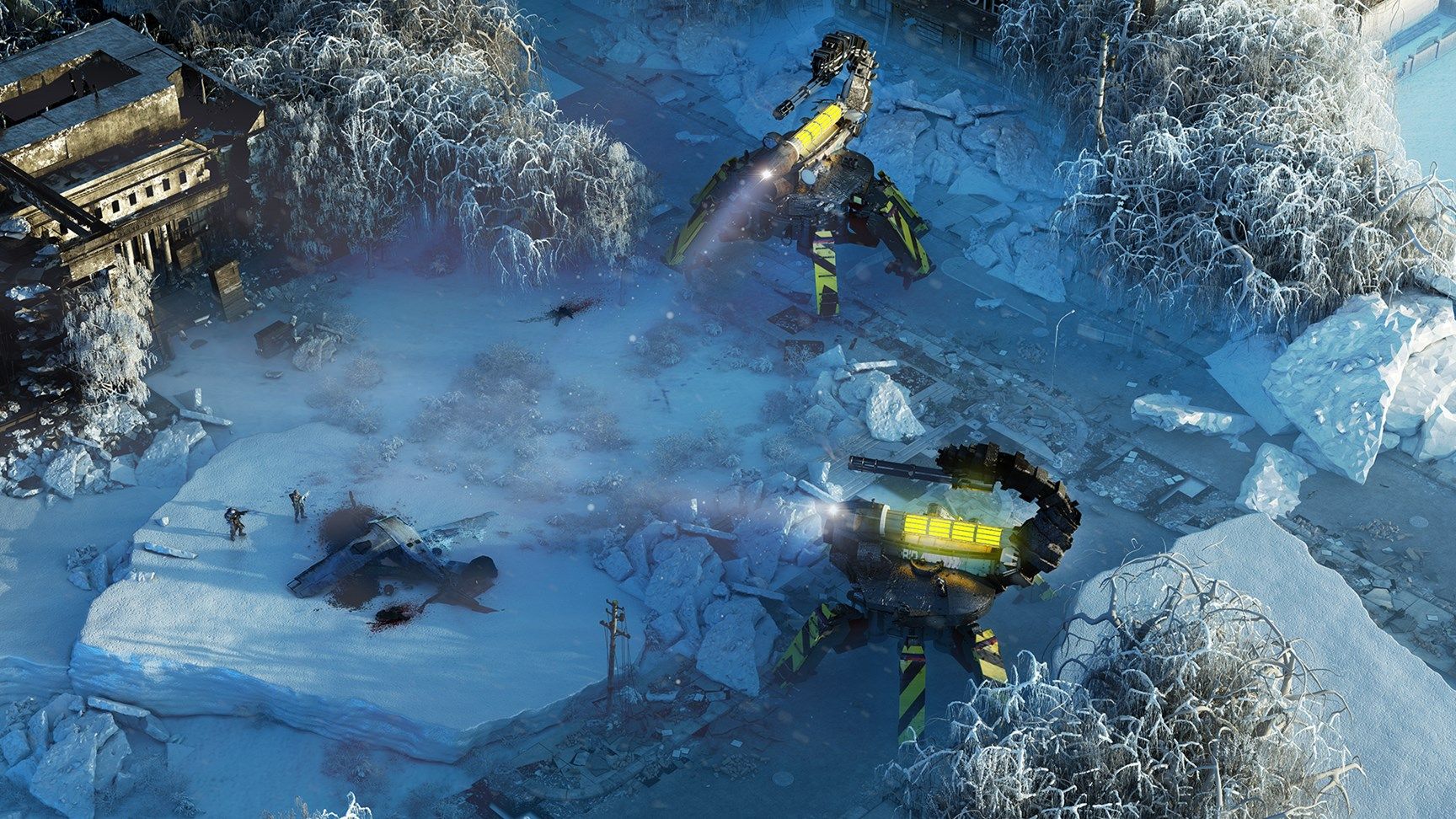You can also move your units in any order you want rather than follow a rigid turn order determined by the initiative queue. Wasteland 2 fans will recognize this as a big change to the combat. In Wasteland 3, the turn-based system feels fluid, dynamic, and balanced. Range of movement and attack is displayed clearly on the battlefield via colored tiles, and the action is easy to follow and never feels cluttered. Graphically, the game isn’t spectacular, but the grungy character and environmental designs are rendered nicely, with decent animations and some hilariously excessive gore effects.
Tactically positioning your squad to gain incremental advantages over the enemy is at the core of what makes isometric combat so engaging, and from the nearly four hours I spent with Wasteland 3, I can almost definitively say that the game nails this aspect of the genre. I had a lot of fun moving my pieces around the proverbial chessboard and experimenting with different approaches and strategies, and while the experience wasn’t perfect (the camera can feel awkward and distracting in tight environments), I ultimately couldn’t wait to play more when the demo ended.
The story revolves around the Arizona-based Rangers, who “never stop fighting” for the survival of their people in the post-apocalypse. Struggling to keep their clan fed, they venture up to Colorado to meet with The Patriarch, who as his name would suggest is a powerful figure with deep resources. He offers to share these resources with the Rangers should they agree to help him wrangle his three children, who have built up followings of their own and have eyes on daddy’s throne. The snow-blanketed environments of Wasteland 3 are a far cry from the more conventional post-apocalyptic, deserted landscapes seen in Wasteland 2, but thankfully despair and desolation translate just as well to icy climates as they do in arid ones.
Just as every move you make on the battlefield can drastically alter the outcome of enemy encounters, how you choose to interact with the people you meet on your journey and the decisions you make to their benefit or at their expense will have serious ramifications as the story unfolds. Early in the demo, I was given an opportunity to save a woman held at gunpoint by grunts. In one playthrough, I let her die, and in another, I saved her, which made the next enemy encounter much more difficult but meant that the woman would surely help me out further down the road.
Dialogue choices are a major focus of the experience, and each character’s attributes determine what dialogue choices are available to them. Say or do something that pisses off one of your party members, and they may leave your side. Help someone save a loved one, and they may offer you their services in the future. Each class has a unique skill set that offers a variety of opportunities in dialogue, combat, and exploration. The game feels full of possibilities.
